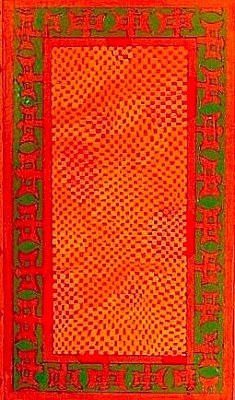

My infrequent trips to Prague are almost always unpleasant. I find the beautiful cityscape bleak, cloying and quaint. The intersecting chimneys that line Kaprova Boulevard reflect a sickening sapphire light that tint the clouds with dread. Lazarska Street, where common life bustles with resignation is like the filthy tail of an elegant animal. And the much-admired view from Strelecky Ostrov is simply a postcard from Purgatory.
The one shining light, the landmark that makes any trip worthwhile is the small, smoky jazz club across the street from the Mustek metro station known to the locals as Veleslavina’s. Every Thursday night the place is packed to hear Guido Tocca’s resplendent redefinitions of polymodal chromatism. This cat can play.
I am bitterly envious that the cover art on Tocca’s last CD’s is a painting by my friend and rival David Schoffman. Schoffman has a tin ear and such primitive tastes that his idea of good music are bands like the Sonora Seven and Darba.
I recommend to any serious listener any and all of Tocca’s discography. My personal favorite is the 2007 recording “Dazzled by Dawn: Live in Antibes.”







































